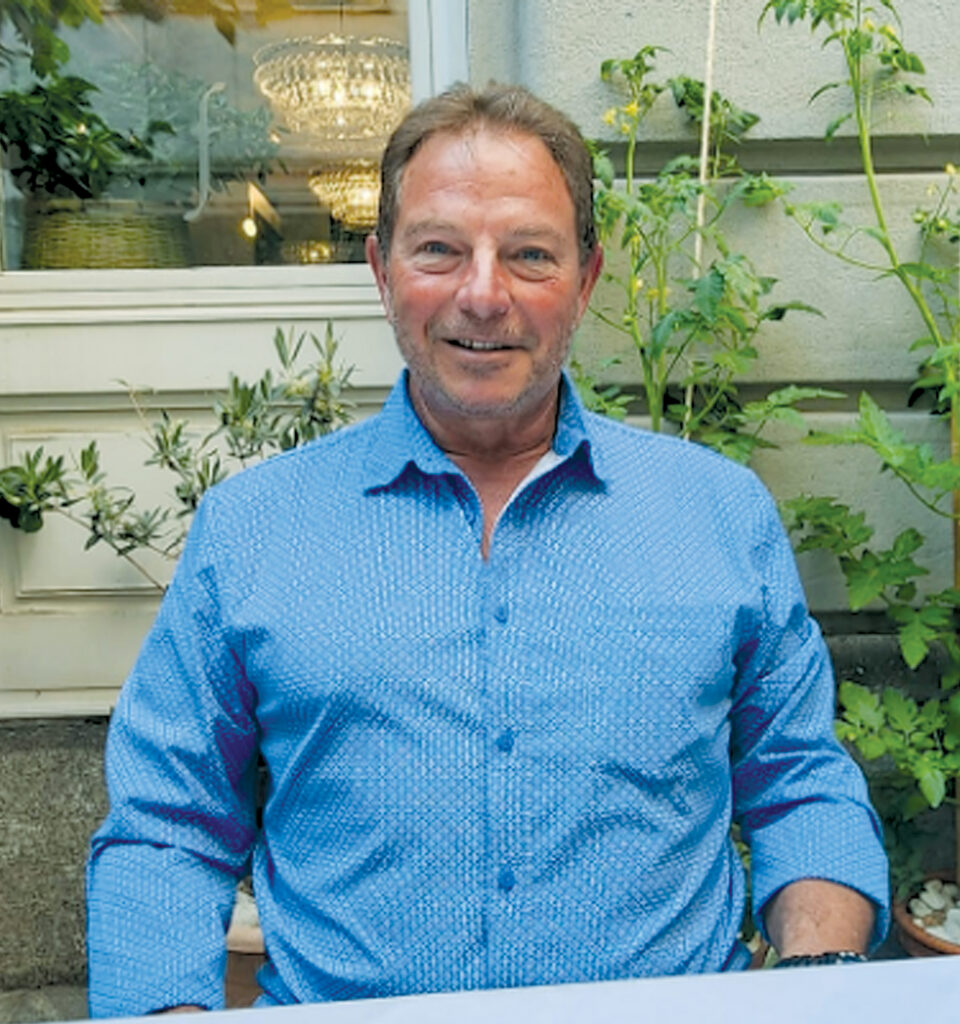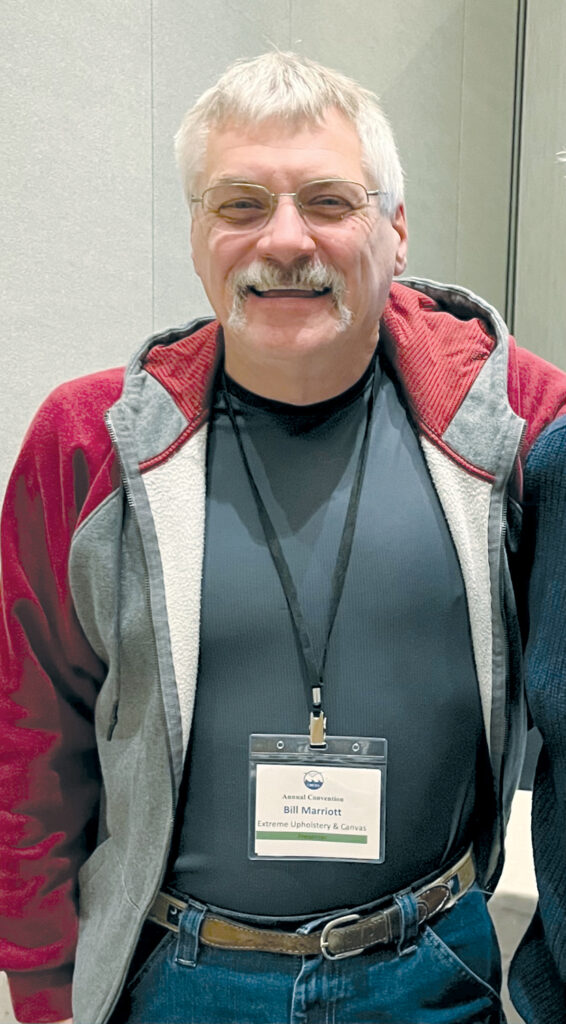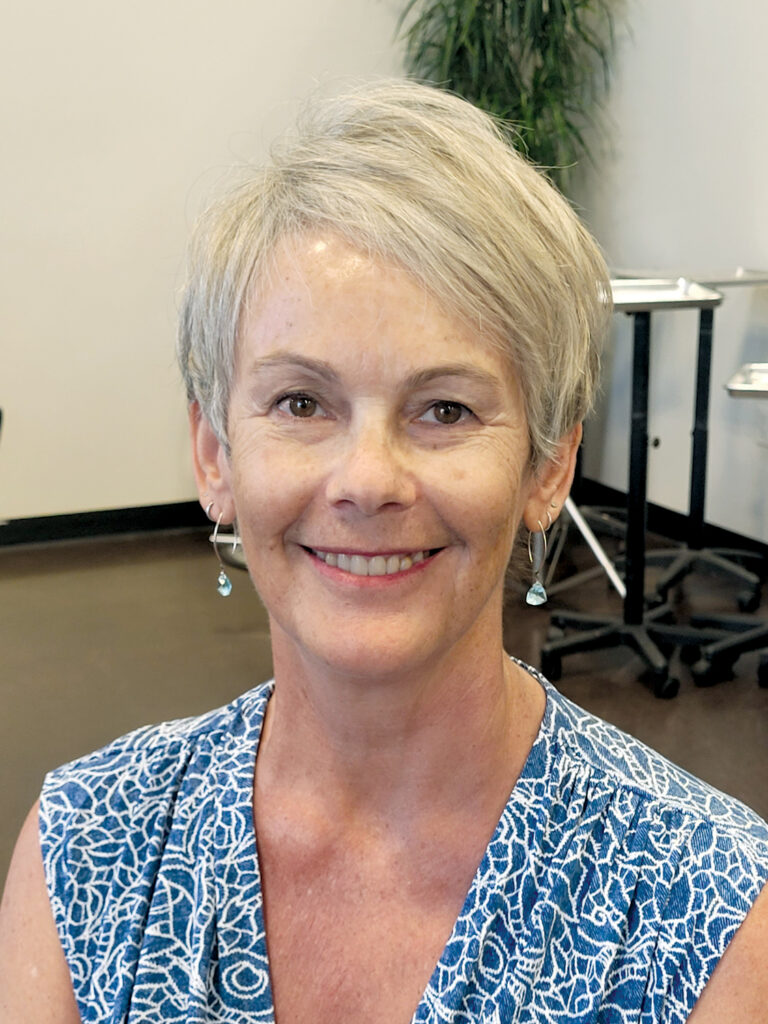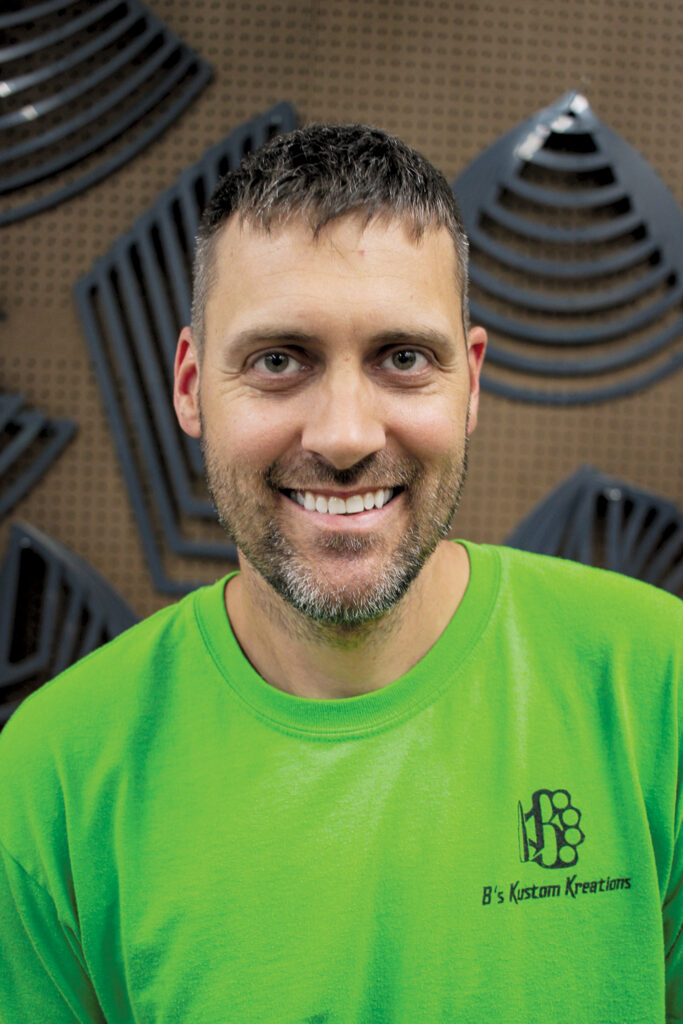Upholstery advice from veteran marine fabricators
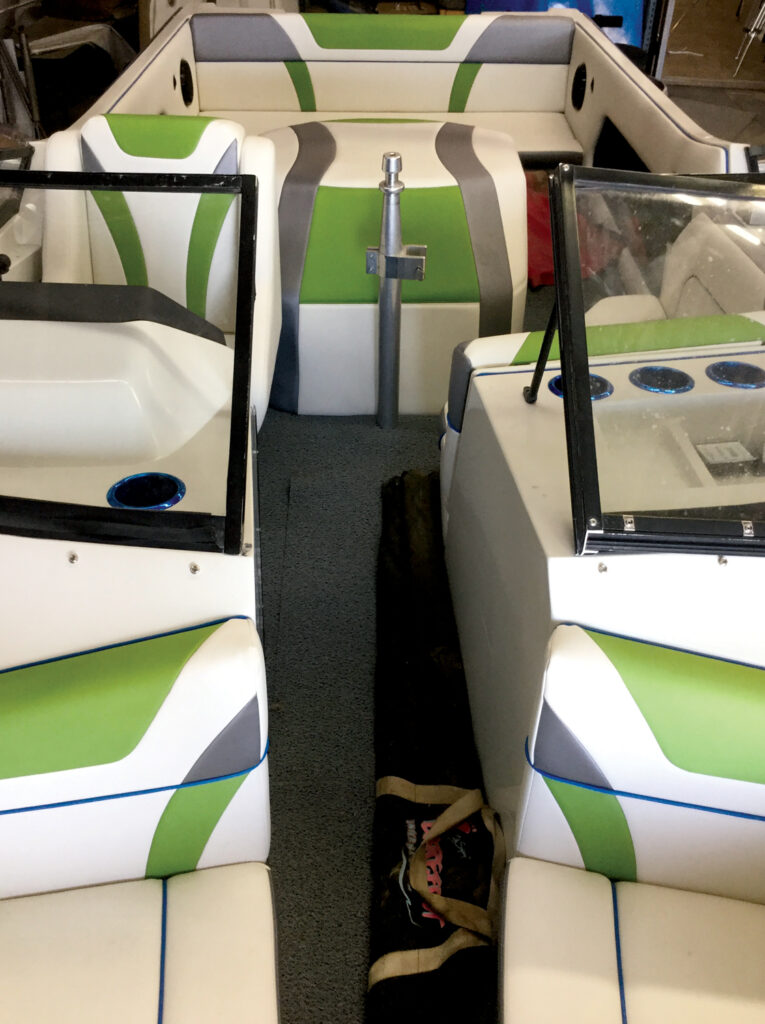
As anybody who’s tried it knows, marine upholstery is not for the faint of heart. Doing it well requires serious skill, creativity and experience. Marine Fabricator asked four sewing pros with more than a century of combined experience in the canvas and marine industry for their best tips and techniques for well-designed, well-constructed and high-performing upholstery.
Jim Cowan worked for nearly 50 years in canvas and upholstery—retail, marina and most recently OEM, supplying more than 45 boat companies.
What are common upholstery failures?
Reusing old foam or using the wrong density foam, particularly with contoured shapes. Using the old foam is tempting because it can be tricky to reproduce contoured foam. But usually, it’s worn out. Another issue is poor fit, which is due mainly to inexperienced patterning. And some shops still use carbon steel staples, which can corrode in saltwater, instead of using marine-grade stainless steel.
How can mistakes be prevented?
For foam, use new antimicrobial foam that will prevent mold and mildew instead of the household furnishing type. Patterning is a little more challenging. A common mistake is patterning from the old cover. The problem with that route is it doesn’t account for the fact that vinyl shrinks over time and can result in too-tight upholstery. It’s better to create a pattern based on the dimensions of the foam, which can take some effort. One seat might have 30 pieces of vinyl on it. You have to learn by experimenting and seeing what works.
What are the newest upholstery trends and the skills required to do them well?
Silicone vinyl, which is a thin, stretchy material that took us a while to figure out how to work with. We learned to pattern it tight to avoid wrinkling. The other trend I see is the popularity of tailored molded seats with pull-tabs/pull-downs, which require precise patterning practices.
What are your top tips for fabricators?
Practice, practice, practice your patterning. Try new ways and experiment. If it works, keep trying to refine it. If it doesn’t, leave it. It’s all about making mistakes. I realize some shops can’t spend four days on a process, but do your best with what you have. In every job, try something new.

What are your most important upholstery tools?
A green BIC® ballpoint pen. It’s the only ink I’ve found that will come off vinyl materials. An electric turkey knife and a large worktable. Also Visqueen [polyethylene plastic sheeting] for patterning. I lightly glue it on the foam, draw lines on the edges, transfer it to pattern paper and add a seam allowance.
How do you deal with mold and mildew issues?
If you used antimicrobial foam, you shouldn’t have either. If you do, it isn’t the foam; it’s the vinyl, so replace it.
Can you pass along any finishing tips or techniques?
Don’t staple on the edge. Stapling is an art; you must develop a feel for it and learn as you go. It’s not difficult, but it does require technique. When stapling covers, staple back far enough to reposition the upholstery if needed without any holes showing. Don’t cut the excess off until you’re sure it’s perfect. For quilted panels, find local access to a quilting machine and subcontract that work.
As the owner of this Charleston, S.C.-based shop, Bill Marriott has learned through 30 years of good-better-best how to pattern and sew for success.
What are the best ways to ensure greater durability and comfort?
By using proper density foam and cutting it to the proper size. Many people will cut the foam to the finished size of the cushion, then pattern to that. By patterning this way, the cushion skins come out too big and sloppy. Instead, cut the foam a little larger than the finished size so the foam pushes out. This makes the skins fit tight and have a better finished fit.
What are two of the most common mistakes fabricators make when it comes to upholstery?
Not patterning properly. Especially when doing an inside backrest with a pull-down. Using straight-cut pull-downs causes wrinkles in that area, so sewers should pattern the pull-down to the exact shape of the curve. This allows the material to fit the corners properly.
What are the newest upholstery trends and the skills required to do them well?
I’m starting to see more diamond pleating. Marking materials for this finish is crucial. Inside backrests are easier to mark when the diamond is running uphill on the inside corners and the design is kept symmetrical. One side of the seat will not line up with the opposite side of the seat. If your skins are not symmetrical, the cushion will look distorted. They need to be symmetrical and square with the position they are sewn into. Suppose they are tilted, where one side is higher than the other. It will show up drastically.
What are your most important upholstery tools?
A steamer, a sharp knife and sharp scissors.
Do you have any tricks for working with zippers?
Yes, the location of zippers in the mesh bottoms. Instead of sewing the zipper in the middle of the bottom, sew it offset so that it’s about 3–4 inches from the long edge of the cushion. This makes stuffing the foam much more manageable, especially on thick, firm foam.
How do you deal with mold and mildew issues?
Make the cushions have a way to wick/drain water out. Use marine-grade foam and vinyl. Use new foam as much as possible; if the old foam is contaminated, use a steamer to kill the bacteria if you can’t replace the foam.
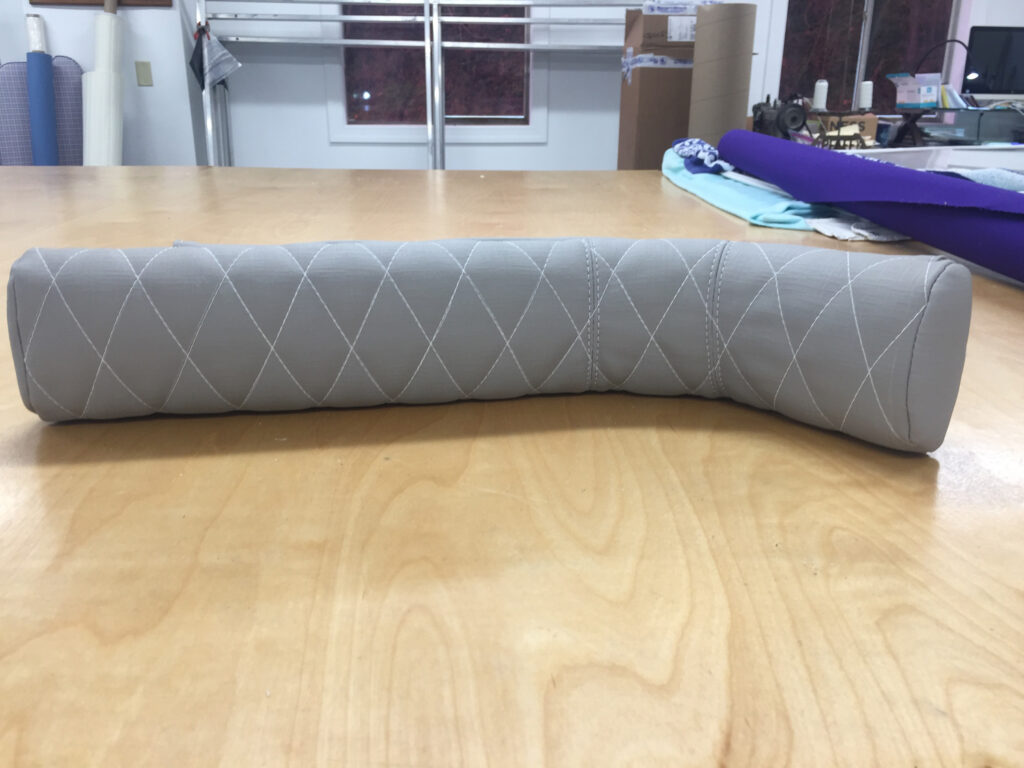
What are some common frustrations with patterning and how do you deal with them?
Materials that are stiff or hard to stretch. A streamer usually softens the skins before covering them, except for silicone vinyl. This is when patterning correctly is critical to producing a nice finish.
Can you pass along any finishing tips or techniques?
After I get a cushion made, I will always use a steamer on it, even if there are no wrinkles. Doing this allows the vinyl to soften and lets the foam push out. When the vinyl cools down, it will shrink, pushing back on the foam, making for a nicer fit and finish.
In Stitches Customs is a custom upholstery and canvas shop with storefronts in Lake Havasu City, Ariz., and Hurricane, Utah. Vorei Frost Reeves has been creating award-winning custom upholstery for more than 20 years.
What are some common upholstery failures?
Poor welt installation, wrinkling (especially on inside curves), crooked topstitching and welt.
Welts can be challenging. Any tips?
The biggest mistakes I see in welt are loose or wavy installation, unnecessary joins and the welt not being centered over the seam. Good patterning, sewing and handling techniques are critical. Ensuring alignment marks line up and not stretching the welt as you sew are very important. Also, make sure there is enough length in the welt that it doesn’t cut the corner. This helps to center the welt over the seam. Other factors that help are using correct relief cutting techniques, using the correct welt foot or zipper foot (personal preference), and sewing with the curved piece on top of the straight piece. Lastly, using a larger needle helps prevent skipped stitches and allows you to sew closer to the welt.
What about wrinkling?
Wrinkling is usually due to poor patterning technique. Sure, you can sometimes get them out with steam and a little tweaking here and there, but good patterning will ensure a good result every time. For inside curves, the most common problem is caused by having too much material in the curve. The best way to solve this is to remove approximately 1/16 inch per inch and stretch as you sew to the top and bottom band/cap. Be sure to use lots of alignment marks for a consistent stretch. Also, (very important) if using sew foam, lightly glue the foam to the vinyl in the shape of the curve.
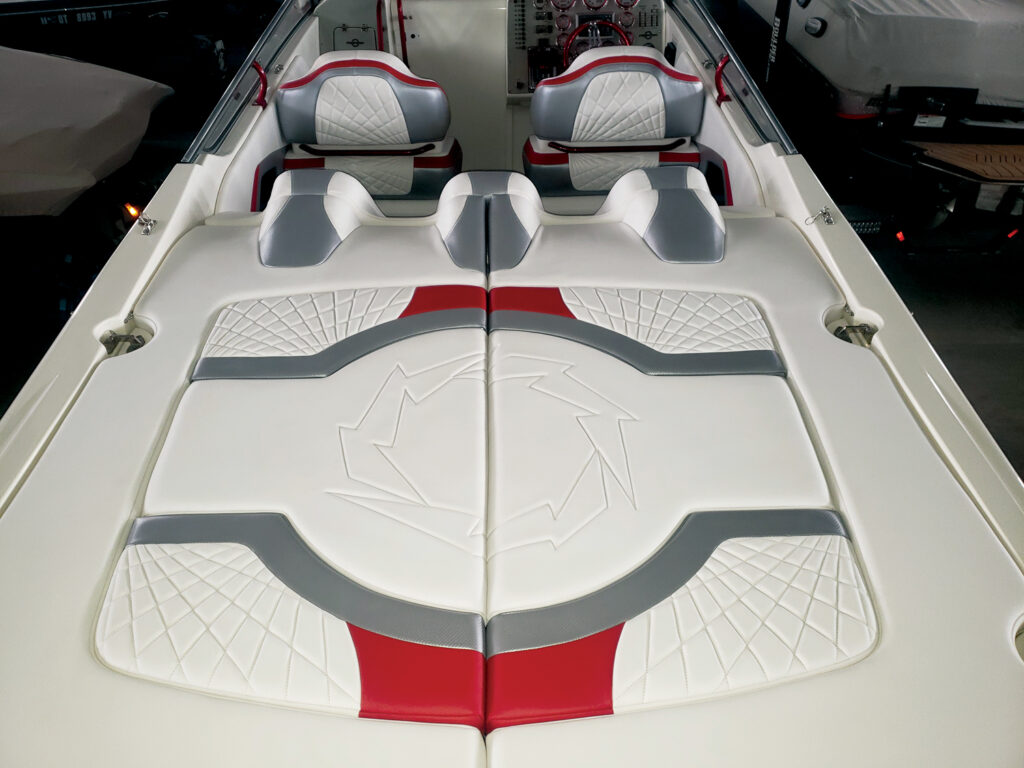
And topstitching?
The key to good topstitching is to slow down and pay attention to detail. Use proper seam management by using an even, consistent pull and correct relief cut techniques for smooth, clean results. And always use seam backing on French seams.
You mention the importance of good patterning. What are some of your tricks?
Start with a good pattern. Don’t fudge. Just do it right. If the piece is a simple rectangle or square, I use basic geometry. If a piece has compound curves and an organic shape, I use a combination of copying old pieces and custom patterning. Always take detailed pictures of the original and mark for notches/alignment marks before dismantling. Also, look for things you want to fix, like crooked seam lines or poor shaping, and make notations. Finally, pattern from the seam line, not the cut line.
Bryan Lute and his wife, Stephannie, run a shop in Jefferson City, Mo., doing custom automotive and marine upholstery. Lute got into the business 10 years ago when he realized he had a knack for sewing. He won MFA Fabrication Excellence awards for exterior upholstery in 2020 and 2021.
What are common upholstery failures? How can they be prevented?
Not using the correct thread. A too-light thread can jeopardize seam strength. We use Fil-Tec™ 138 as our standard.
What are the best ways to ensure greater durability and comfort?
We try to determine what’s most important to the client—softness, durability, look, etc. The most durable type of vinyl might be too shiny or hard for some clients, but with a softer finish, it can’t handle the same amount of abrasion. So, you need to be clear about the end goal and ensure the client knows the pros and cons. Cool Touch vinyl by Spradling® is another good product, although you need to be clear about how to maintain it.
What are two of the most common mistakes fabricators make when it comes to upholstery?
Building a base that’s too complex. Simplicity is better. We don’t want to have to take half the boat apart to fix one part of the cushion. Let the stitches do the design work instead of a lot of curves.
What are the newest upholstery trends and the skills required to do them well?
We see people renewing what they already own instead of replacing it due to cost and the ease of staying with something you know.
What are your must-have upholstery tools?
Fasco stapler and a Consew® 206 sewing machine.

What are some common frustrations with patterning and how do you deal with them?
To avoid all frustrations, just start from scratch and create a new pattern. I cut a big enough pattern piece with a template plastic, begin in the middle and move out. Keep trying until it works—it usually takes the same amount of time once you learn how to do it and then you know it will be correct.
Can you pass along any finishing tips or techniques?
It’s all in the details. Don’t shortcut it. Sunlight is every upholsterer’s best friend. It will smooth wrinkles out. Boat cushions have to look tight but not be tight. If you overpull, you can create bumps or low spots. Pull it to where it looks good, and once it starts to look good, back off and staple it.
Laurie F. Junker is a freelance writer based in Minneapolis, Minn.
 TEXTILES.ORG
TEXTILES.ORG 


